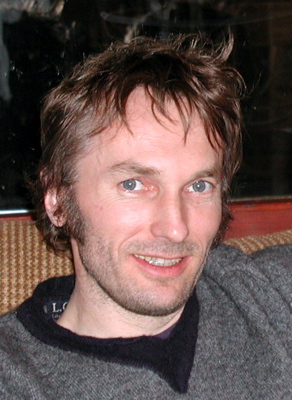| w o r k s h o p |
 |
My interest
in early keyboard instruments dates back to 1978 when I was still at school.
After a training with Ferguson Hoey and Philip Smart in Oxford from 1983-1984
I returned to Austria. Since 1985 I have been making harpsichords, spinets,
virginals and clavichords in my own workshop in the northwest of Austria. |
|
|
|
| material | |
| Most
of my timber, above of all the fir (abies alba) and spruce (picea abies)
used for the soundboards, comes from the Bohemian
Forest which has for many centuries been a major
source of wood for the instrument making trade, especially for the Viennese
piano builders. Due to the excellent quality and the growing demand at the end of the 18th century, the soundboard wood was soon exported worldwide from here. At least every second winter I select one or more trees and fell them by myself. They are then sawn to my specifications and afterwards are air-dried and seasoned for up to twenty years, depending on the wood species. Italian instruments
are sometimes made from cypress or cedar, instruments of other traditions
are normally also made with the same materials as the originals. In addition
to locally grown fruitwoods like plum, cherry, pear and apple I use maple,
cypress, ebony, boxwood, yew and bone for the naturals of my keyboards. |
 |
| location | |
 |
I live
and work in the historic centre of Haslach,
a remote medieval village an hour north of the city of Linz/Austria. Haslach has five museums, one of which is a large collection of mechanical musical instruments. The Mühlviertel is a region with a century-old textile tradition and there is an international festival along with a symposium and textile fair in Haslach every year. |